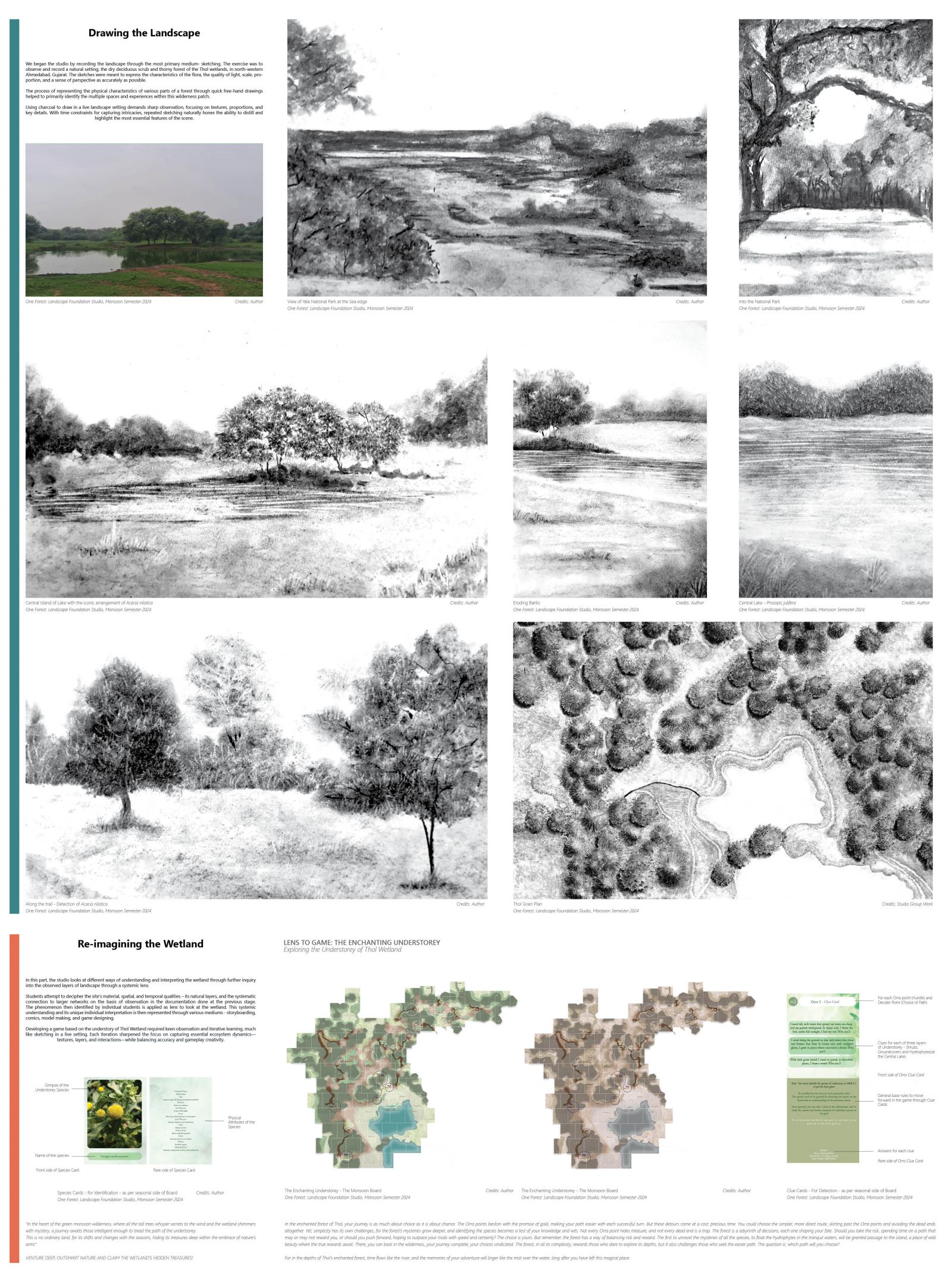Your browser is out-of-date!
For a richer surfing experience on our website, please update your browser. Update my browser now!
For a richer surfing experience on our website, please update your browser. Update my browser now!
Often considered exhaustible, forests demonstrate an inherent ability for regeneration, showcasing resilience through dynamic survival mechanisms. The forest water zones epitomise this adaptability, with climax tree species thriving in riparian ecosystems due to their ecological complementarity. These species stabilise soil, foster biodiversity, and create conditions for diverse forest life. However, their coexistence is challenged by the aggressive strategies of Ficus virens and Ficus cordifolia - the strangler figs of the forest, which embody nature’s paradox of sustenance and dominance. This study explores the ecological dynamics between these strangler figs and their host trees in the riparian zones of Sita Mata Forest, focusing on their interaction with climax species. The selection of this site, characterised by mature trees, nutrient-rich soils, and high moisture levels, provides an ideal context for observing the duality of ecological interdependence and competition. The research began by mapping the terrain and identifying Climax trees like Madhuca longifolia, Mangifera indica, Syzygium cumini and Terminalia arjuna. Observations revealed that Ficus virens, with its rapid root expansion and shade tolerance, often establishes as an epiphyte, avoiding forest floor competition. This strategic positioning allows it to gain sunlight and eventually dominate its host through the process of strangulation. Meanwhile, Ficus cordifolia exhibits slower growth, reflecting a more gradual and less aggressive takeover of host trees. The timeline of fig growth and host decline was analysed, revealing distinct patterns - Ficus virens germinates quickly, sends aerial roots within 2 years, and can strangle its host within 15–30 years, replacing it as an autonomous tree. Ficus cordifolia establishes slower, with strangulation often taking 30–50 years, maintaining a more subdued ecological impact. These figs play a keystone role by stabilising soils, supporting faunal biodiversity, and enhancing overall ecosystem resilience. However, their dominance comes at the cost of host tree mortality, which raises questions about long-term forest stability. The study aims to unravel the intricate balance between survival and competition in riparian ecosystems. By understanding how the two figs impact climax species, insights are gained into the broader implications of their growth for forest health and biodiversity. The research also highlights the dual role of strangler figs: they enhance soil stability and habitat diversity and challenge the longevity of mature host trees, reshaping the ecosystem's structure over time. The findings underscore the adaptability and interconnectedness of forest ecosystems. While Ficus virens demonstrates a capacity for rapid dominance, its role in biodiversity and soil stabilisation ensures its ecological value. Conversely, the slower growth of Ficus cordifolia suggests a less disruptive coexistence with climax species. Together, these strangler figs contribute to the forest’s dynamic evolution, reinforcing its resilience while challenging traditional notions of stability and shedding light on the delicate balance of competition and cooperation in riparian zones.
View Additional Work








